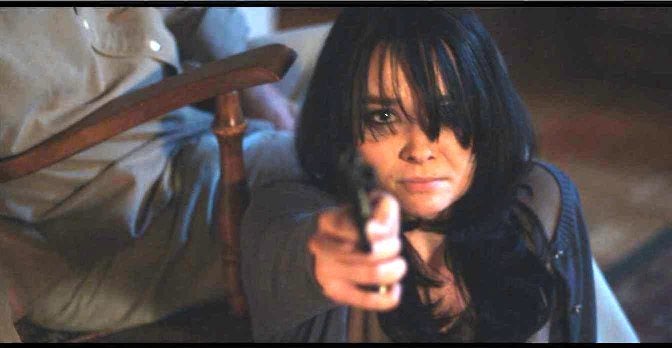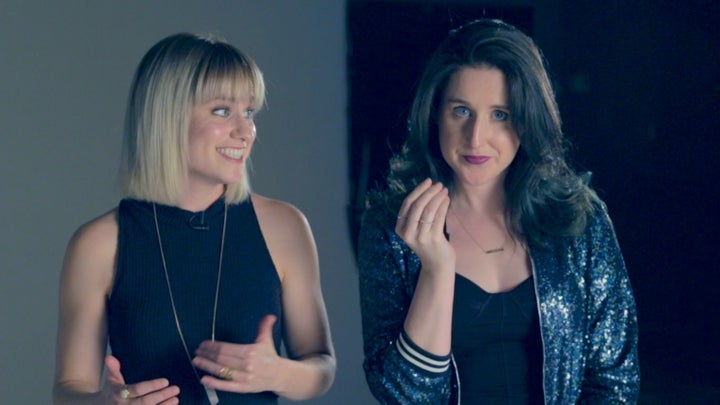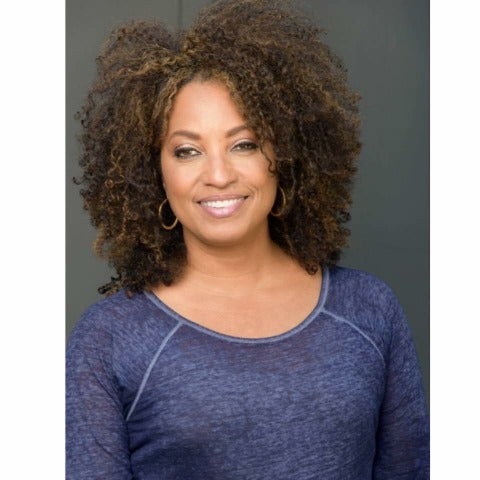Media is becoming more complex and nuanced by the moment. For every point of view, there’s a news and commentary website. There’s a whole swath of organizations ready to satiate every artistic appetite. As of last year, the top 1,000 digital properties had an average of 16.8 million visitors per month. As Brian Lukow of All For One Media says, “If you look at the landscape of entertainment right now, you have a situation where the world has gotten smaller and the market’s gotten bigger.”
Digitization has individualized our media experience to an incredible degree for several years now. If you want access to subgenres within subgenres of some specific Japanese cartoon, you can go to Crunchyroll. If you want prestige comedy from highly respected niche comedians, you can go to Seeso.
This is an exciting time to be a discerning fan of media, but it’s extra exciting if you’re interested in social progress. Ever since Logo hit cable in 2005, offering LGBTQ-centric programming, it became clear that the newly fractal nature of the media landscape could be leveraged to give voices to people the old media never did.
According to findings from the Women’s Media Center, things have been pretty dire for women in media. As of 2015, 83% of Hollywood studio senior management was male, and 92% was white. According to IndieWire, “Of the 250 top-grossing domestically made films of 2013, women accounted for 16% of all directors, executive producers, producers, writers, cinematographers and editors, slightly lower than the 2012 and 1998 figures.”
It’s no secret. Filmmakers have long acknowledged the disparity between male and female representation in film, from creators to the writers and characters themselves.
"In traditional films, women find themselves in treacherous situations only to have some dude in shining armor save them. That's a nice romanticized idea that does well at the box office but doesn't necessarily reflect what happens in the real world. I wanted a female character that relies on herself to get through tough times. We don't see that enough in films and it's what we were going for in 'Missing Child,” says Luke Sabis, director and writer of Missing Child, a recent indie thriller starring Kristen Ruhlin.

Photo: Still shot of Kristen Ruhlin in Missing Child
Fortunately, things are about to get a lot better.
This year, Blue Fever, a new web-based, all-female entertainment media platform, is being launched that is already making waves with interesting talent.

Photo: Lauren Tracy and Greta McAnany, Co-Founders of Blue Fever
"I think that if there can be a wide acknowledgment of what Blue Fever is doing, it’s going to catch on. It’s beyond just women - it’s about diversity of different voices being heard. That’s really powerful. I’d like to see other voices that represent people that have not been heard, whether from minorities, or different sexualities, or genders - people that have not been able to be seen need to know that their voice is so important,” says one of Blue Fever’s creators, Josie Kaye, or Dr. Josie K, as she’s known on YouTube.
This is a powerful statement for anyone who’s been traditionally underrepresented, and something that resonates with filmmaker, Tess Bellomo, co-creator of the popular web series, Liked. “Just to recognize the female voice gives other women a chance to be heard and inspired that we can all speak up. Especially through art, it’s important right now,” says Bellomo.
Kris van Genderen, founder of KVG Films, adds, “Women have so much to offer, so much depth and heart. I’m so interested in what happens when women are in their power and being confident the way men are naturally. It’s so important for women to support one another."
And, with the involvement of beloved stars like Gina Rodriguez, Blue Fever is coming out with some mighty big guns, but it isn’t trying to subtract. Imagine if you’d spent your whole life only tasting salty things. That was the only flavor you’d ever experienced. You’d feel okay about it because you wouldn’t know how much you were missing out on, but you’d be starving without even realizing it. Then imagine that someone introduced you to sweetness. Now you have a completely new realm of flavor possibilities you’d never even known about.

Photo: Rene Syler, Founder, GoodenoughMother.com
I had the opportunity to catch-up with Rene Syler - - a great example of a woman in traditional broadcast media who has successfully reinvented herself online. As former co-anchor of The Early Show (which has morphed to CBS This Morning), she soon realized that her path didn’t lie in traditional television. In 2010, she started GoodenoughMother.com, the blog based on her book of the same name. Rene is frequently called on as an expert on issues relating to motherhood, family, and reinvention and has appeared on Oprah, The Doctors, Anderson, CNN, Bill Cunningham show.
Rene explains, “I essentially used social media and blogging to reinvent myself. Now, I do it all..- - write, edit, record video for my website which targets women and mothers. I also do a number of public speaking events each year and work closely with brands trying to reach women, including Nike, Quaker Oats, and Disney.”
Rene has turned from a blogger to a sought-out influencer with many brands signing-on to have her tell their story through her thriving social media platforms. She has a verified Twitter account with 20,000 plus followers and claims that most of her engagement comes from Facebook. Her new favorite platform? Facebook Live
This isn’t about taking voices away from male creators. It’s about adding space for female creators to join them, which is going to add a whole new spectrum to our artistic experience, thanks largely to that splintering and widening of the media spurred by digitization.
It’s an exciting time to be a consumer of art media. And not just for women. A rising tide raises all boats, and the water is getting a lot higher.
